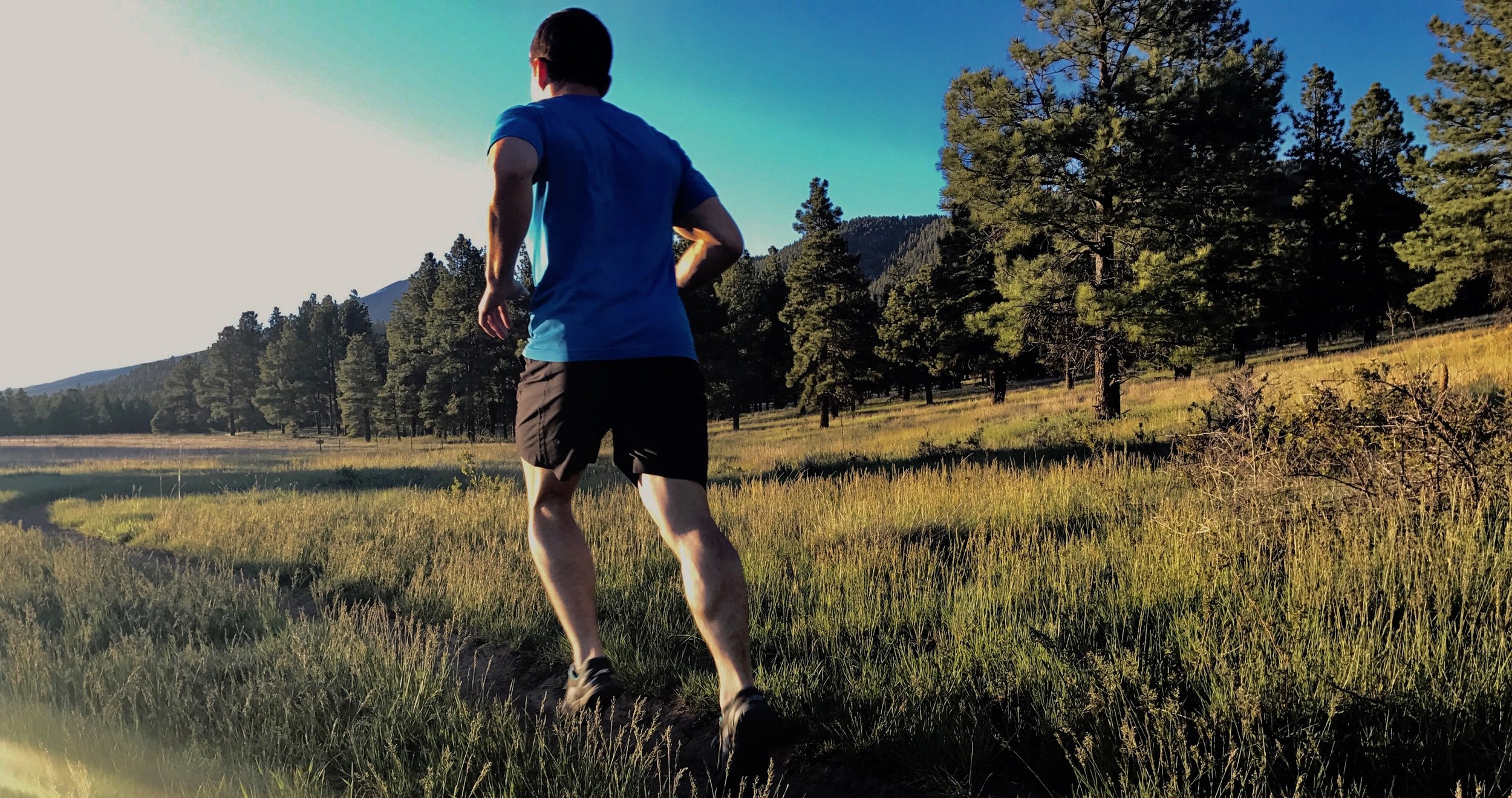
Superficial peroneal nerve injury in a professional runner: A case study on the importance of diagnosis
There’s a debate in the physical profession right now about whether or not a structural diagnosis of an injury matters. Here at EVOLVE, we think that in most cases, the structure matters, and matters a lot. Patients who have gone to physical therapy elsewhere are often surprised by our focus on diagnosis in the initial evaluation.
There’s a few main reasons why diagnosis is central to our process. With a proper diagnosis, we can:
- Give a more accurate prognosis based on rates of tissue healing.
- Provide targeted strategies to avoid aggravation of the injured structure
- Deliver more focused hands-on treatments to decrease symptoms and optimize the healing response
- Choose the most effective therapeutic exercises, so our patients have just a few key things to focus on, rather than a long list of scattershot exercises
- Get our patients back to doing what they love, quickly (this is perhaps most important!)

How to warm up the shoulders
If you're not warming up, you're leaving performance on the table, and increasing your injury risk. Last week’s article explored why a warm up is an essential aspect of every workout, and outlined a warm up for running.
Similar to runners, athletes performing overhead or other shoulder movements should have a dialed warm up routine as well. This can help cranky shoulders feel and perform better, and reduce the risk of overuse injuries related to poor shoulder mechanics, or deficits in rotator cuff or scapular muscle activation.

How (and why) to warm up for running
We recently shared two programs to help new or injured runners progress their volume to help reduce injury risk. In that article, we shared a general running warm up that we recommend for most people. We think warming up for running is so crucial that it deserves its own post. We see too many people skip a warm up altogether. Or, they use valuable warm up time ineffectively.
Why do we need to warm up at all? What should a good warm up accomplish? What's the best way to structure a warm up? How should you warm up for running? Let's dig in.

The Zero to 60 Program: How to start running or return after an injury
The magic of starting or returning to running without suffering pain or an injury is a slow, gradual buildup of running volume. Too often, runners, especially experienced runners who have taken time off for injuries, don’t allow enough time to build up volume. This can result in persistent nagging injuries, or new injuries.
While we can never prevent all injuries, it is possible to reduce injury risk with the right program design. We've created a 16-week program and an 8-week program that follow the most up-to date research recommendations on volume progression and training load. The goal of both programs is to gradually build volume, progressing to running 60 minutes continuously.

The Two Reasons Runners Need Strength Training
Many of our patients come to us for help with for injuries, aches, and pains related to running. We place an initial focus on reducing pain and helping them get back to running as soon as possible. Towards the end-stages of injury rehabilitation, we gradually shift gears and begin to focus on long-term strategies to reduce the risk of future injuries.
The 3 Phases of Knee Injury Rehabiliation
Last week's post discussed our approach to examining the knee pain. As a reminder, we have two parts to our examination: the joint-specific exam, and the functional exam.
We then make a two-part diagnosis: #1) Pain generator; and #2) Relevant functional impairments. This tells us what's hurting and why.
From there, we develop a treatment plan. While this is always individualized, we typically guide our patients with knee injuries through three broad phases of recovery.
